Korean car-making giant Hyundai has unveiled a daring vision of its future at the Geneva motor show in the shape of the Intrado concept.
It's a super-lightweight crossover coupé built of innovative materials, featuring a second-generation hydrogen fuel cell powertrain, and represents a new design philosophy for Hyundai. Part of its new theory is that minimalist simplicity and functionality will be paramount in all of its cars.
The Intrado is the result of an advanced research and development project undertaken at Hyundai/Kia’s European Technical Centre in Frankfurt.
Design president Peter Schreyer says it has been designed "from the inside out to put the driver at the centre of the driving experience, to be perfect in an ergonomic sense, and to provide a genuinely multi-purpose ownership experience – capable enough to suit an active lifestyle, small enough to park in the city, but comfortable and efficient over long distances."
The Intrado’s carbonfibre-reinforced plastic superstructure is genuinely ground-breaking. Under its steel panels is a skeleton frame made up of inter-connected one-piece 'hoops' of moulded CFRP. Each 'hoop' has several flexible tubes of woven carbonfibre inlayed within it to run in longitudinal cavities, before the hollow moulding is closed around those tubes and filled by a process called resin transfer moulding.
The finished hoops are then bonded together to form a tubular CFRP spaceframe of a sort. The resulting monocoque chassis, says Hyundai, is fully flexible in design terms, 70 per cent lighter than an equivalent steel body-in-white and twice as torsionally rigid. The materials technology, developed in tandem with Korean partners Hyosung and Lotte Chemical, could also eventually be 'productionised' at a cost viable for the mass market, according to Hyundai.
Powering the Intrado is a development of Hyunda's fuel cell powertrain. Under the bonnet is mounted Hyundai's proprietary fuel cell stack and an electric motor that drives the front wheels. Converted and scavenged power is stored under the driver’s seat in a 36kWh lithium-ion battery, while the car’s supply of hydrogen is carried in high-pressure tanks under the back seats and boot floor. Power, range and performance specifics have yet to be made public, likewise any information about overall kerb weight.
The Intrado is a four-seater with a pillarless body and frameless coach doors. Its body surfaces have been left "clean and undecorated" by Hyundai’s stylists, with the panels surrounding the wheelhouses in particular acting as aerofoils, and much of the rest of the metalwork serving function as well as form. The car’s more upright hexagonal grille and headlight arrangement does define Hyundai’s ‘corporate face’ for its next generation of production cars, however.

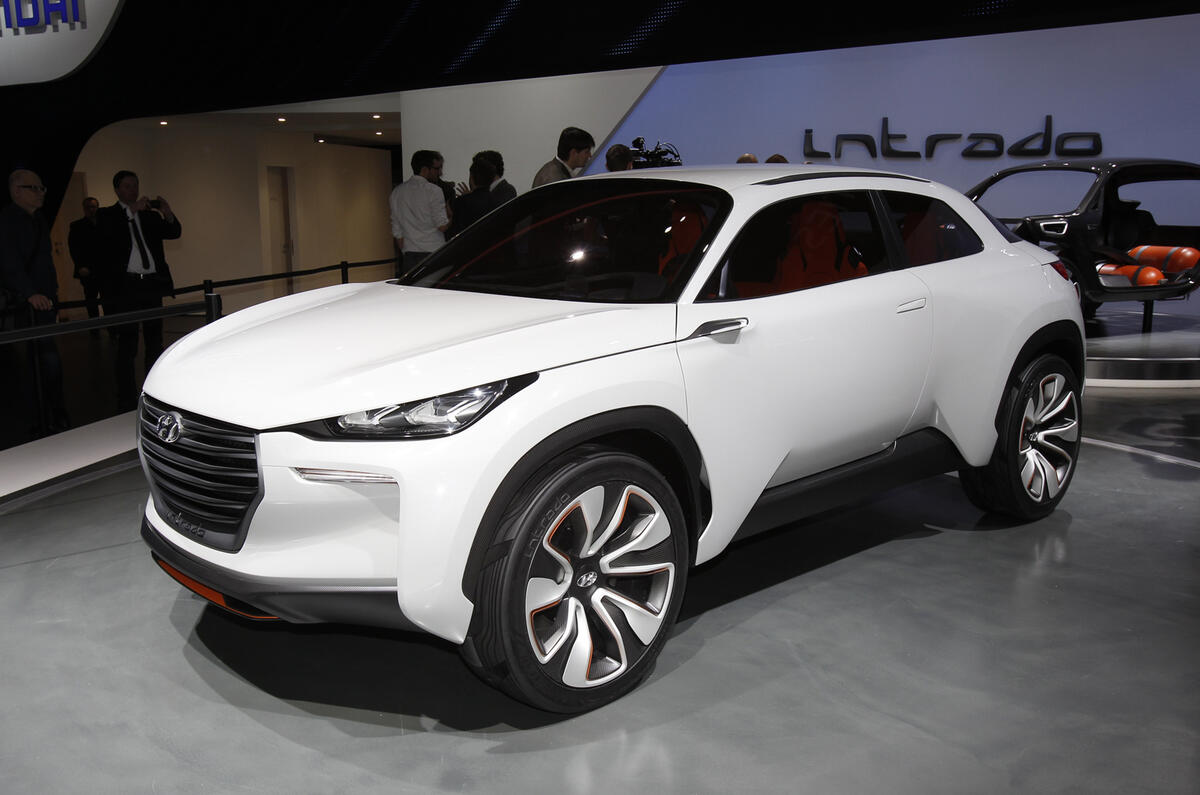
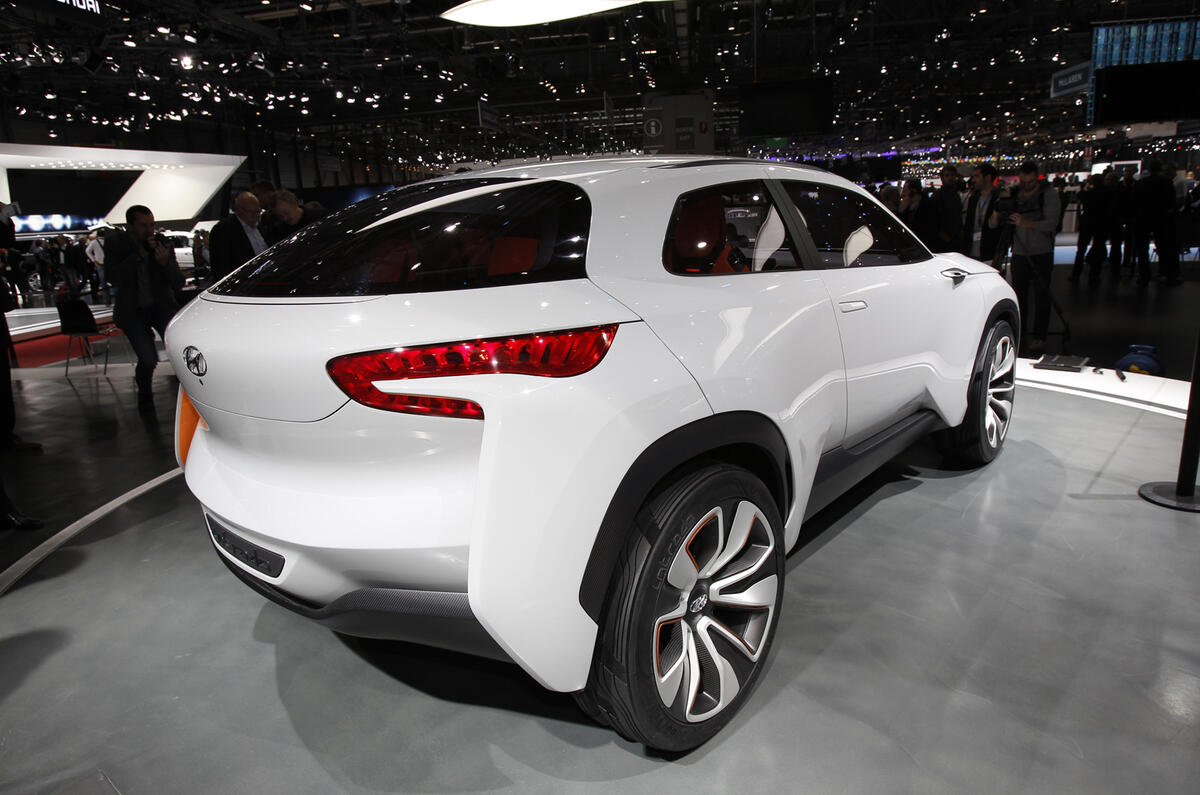
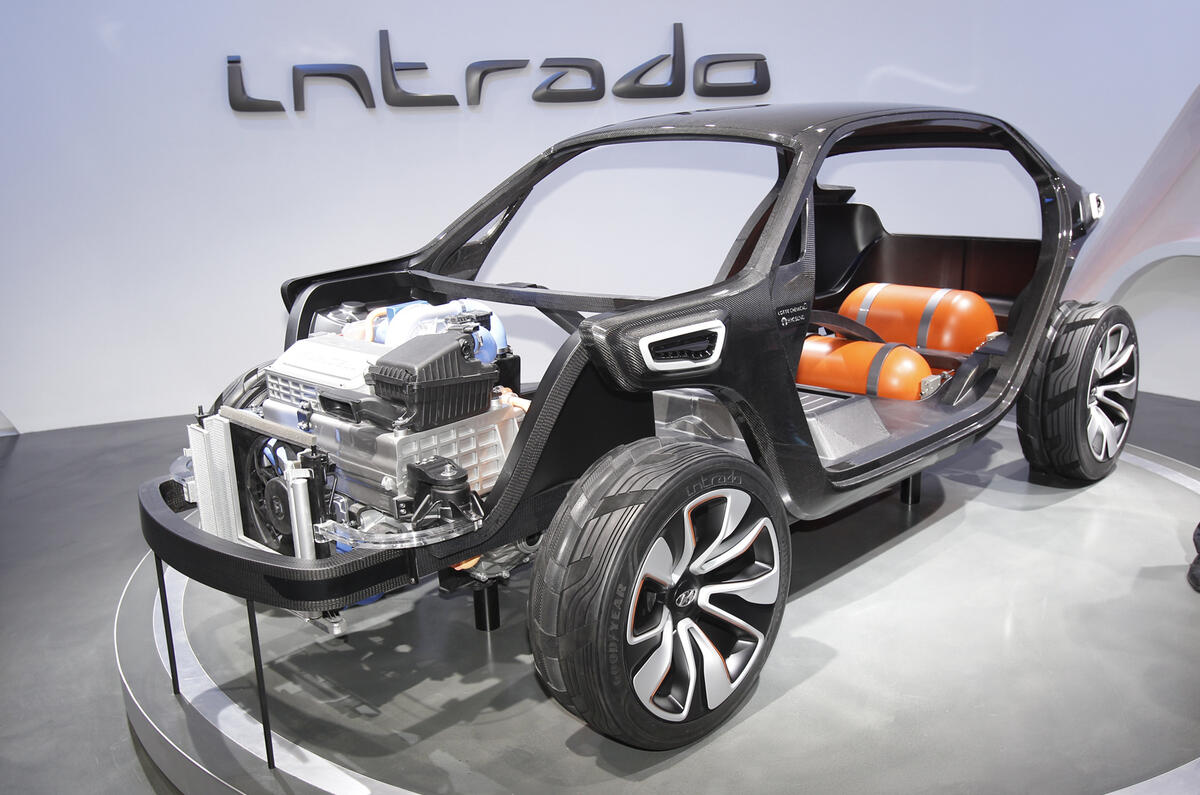
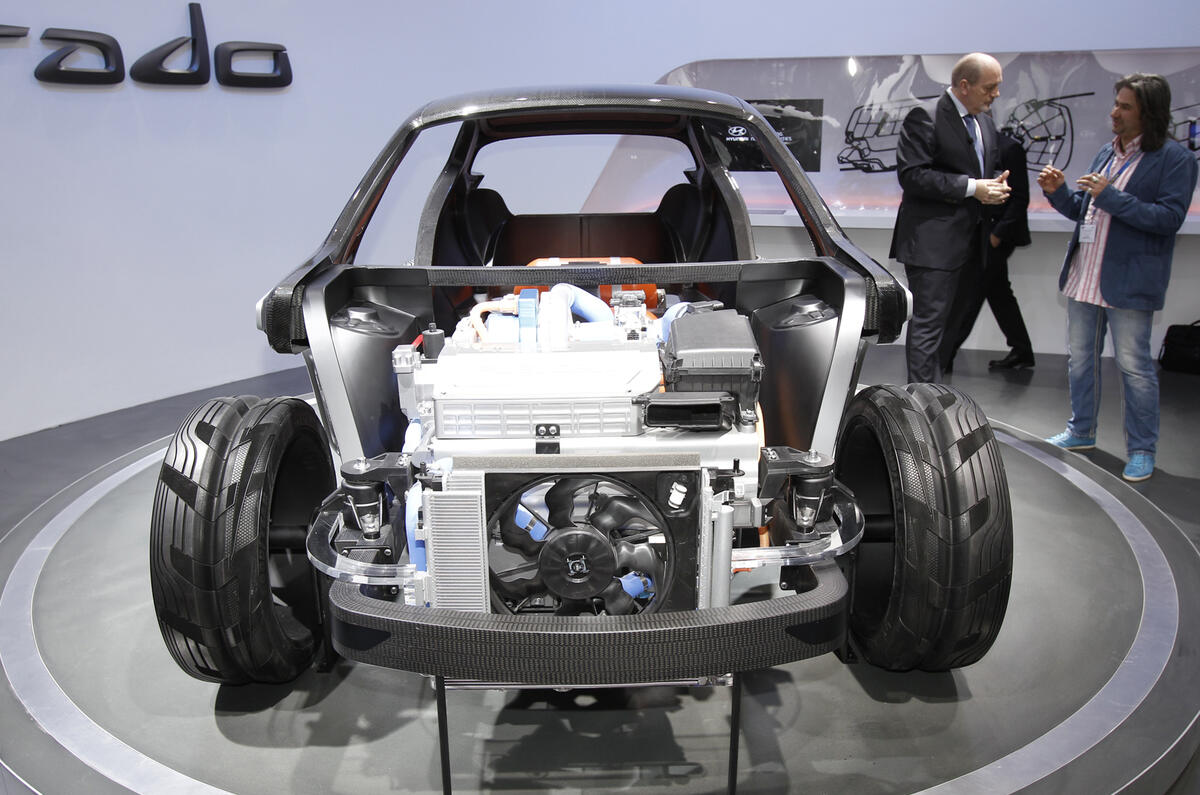
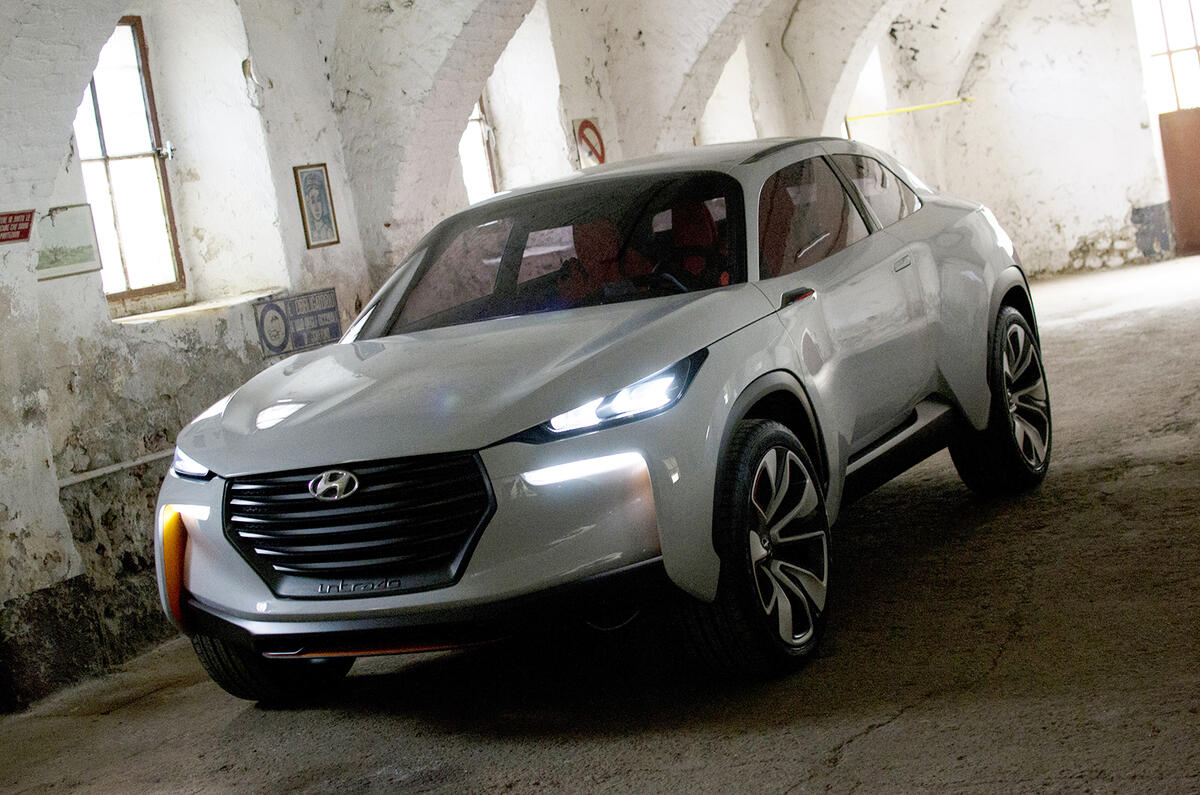
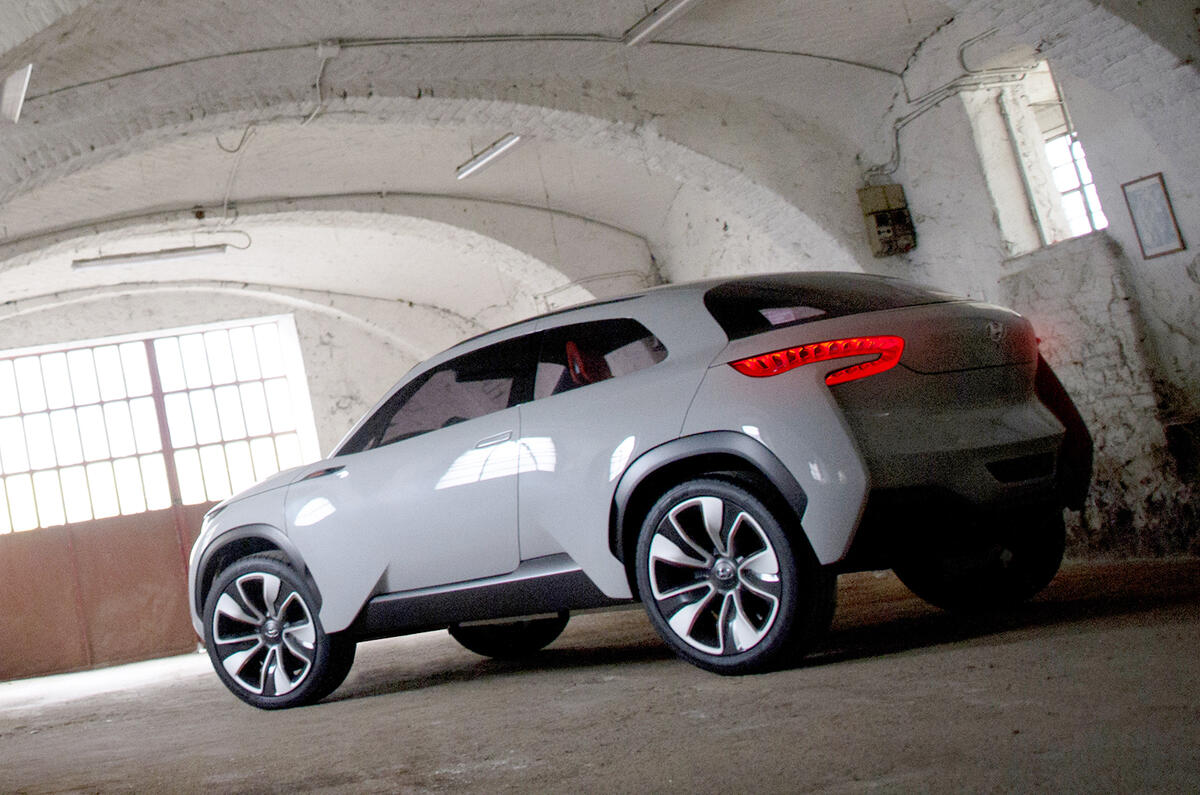
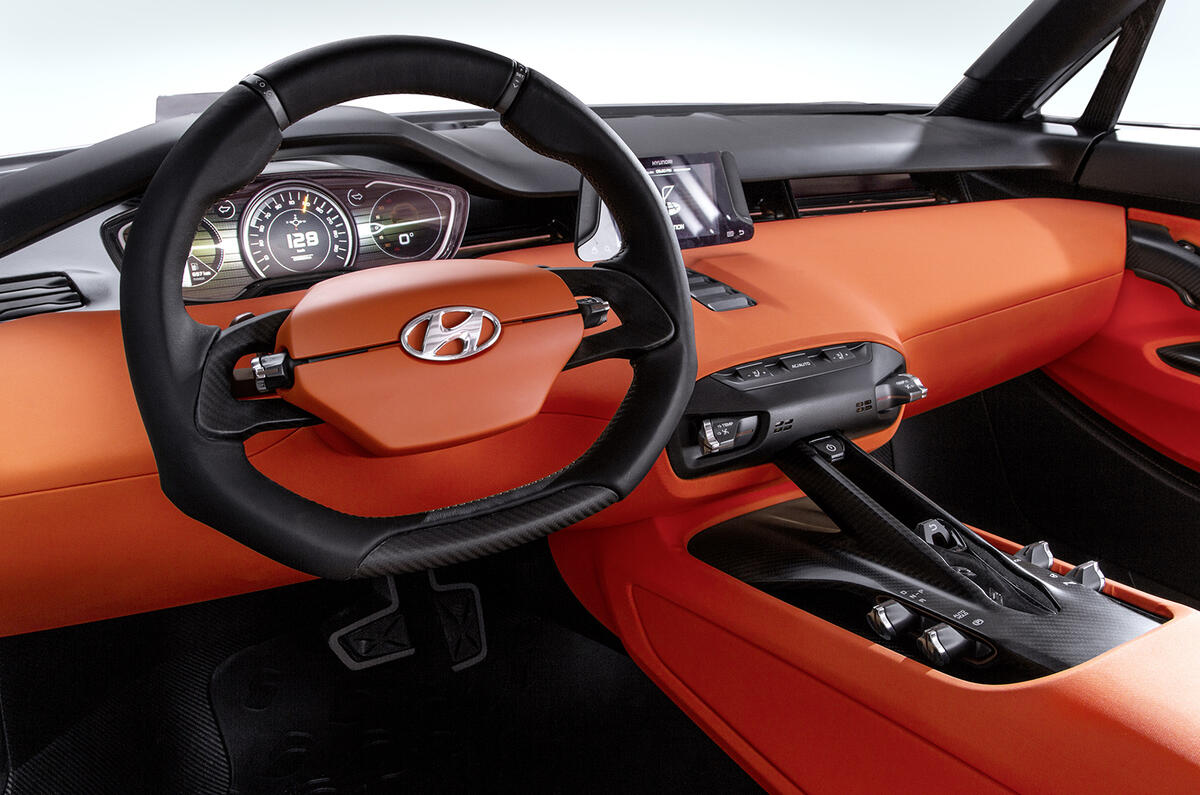
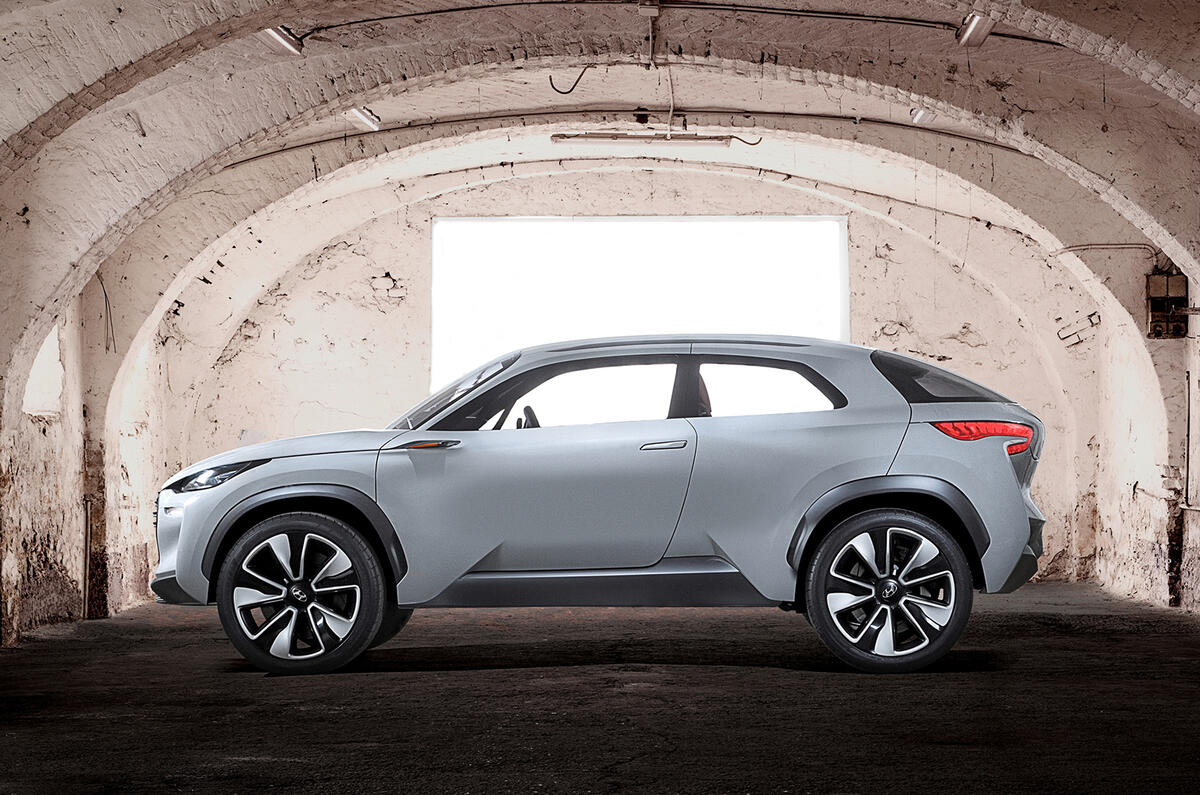
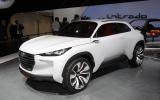


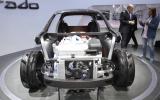

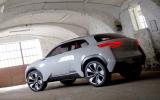

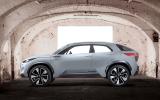






Add your comment